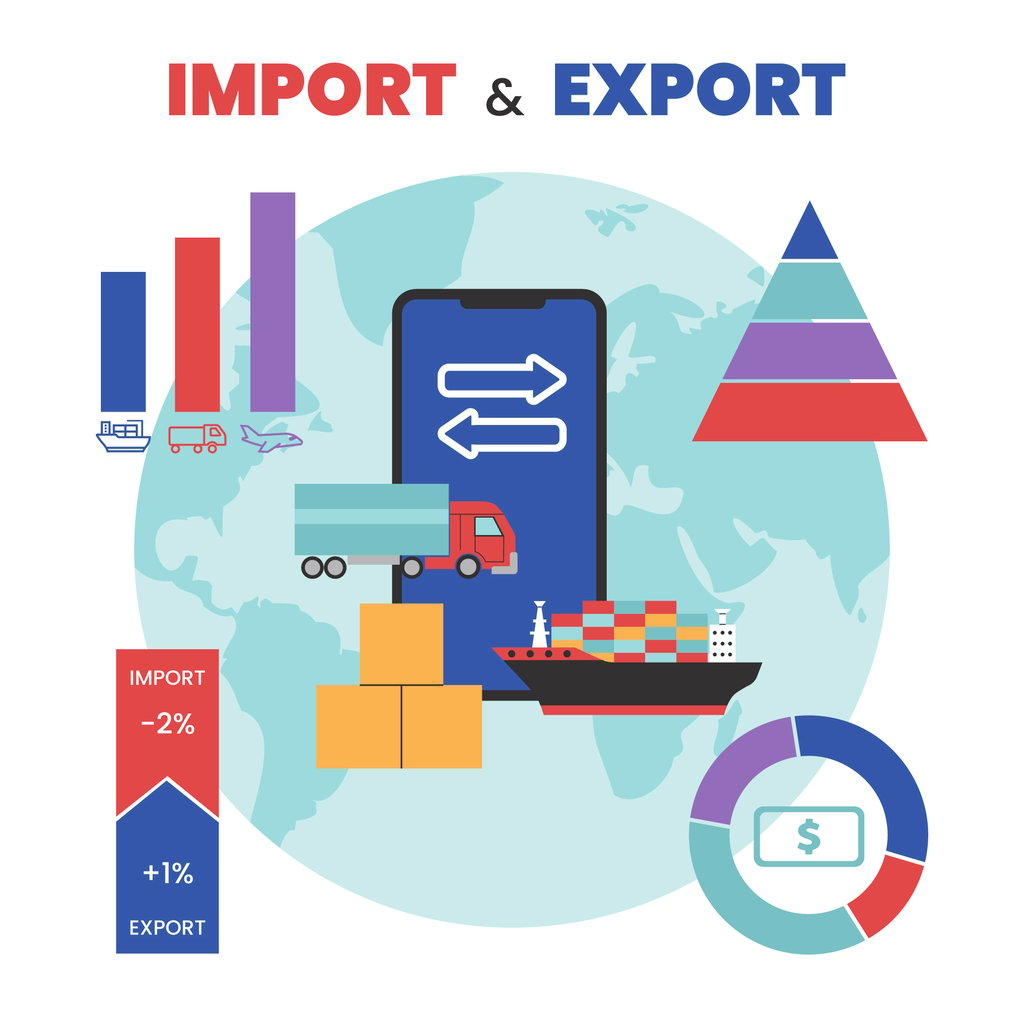Leveraging Supply Chain Risk Management Tools for Supplier Risk Management

In today’s interconnected global economy, managing risks in supply chains is critical to maintaining operational continuity and ensuring business success. Supply chain risk management tools play a pivotal role in identifying vulnerabilities, streamlining risk assessment, and implementing effective mitigation strategies. These tools are essential for supplier risk monitoring and aligning with best practices to address modern supply chain challenges.
This article delves into the significance of supply chain risk management tools, their benefits, and their role in fostering a robust supplier risk management framework.
What Are Supply Chain Risk Management Tools?
Supply chain risk management tools are digital solutions designed to help businesses identify, analyze, and mitigate risks in their supply chain. These tools provide actionable insights, enabling companies to maintain supply chain resilience and avoid disruptions.
Features of Supply Chain Risk Management Tools
- Risk Identification: Detect potential risks related to suppliers, logistics, and external factors.
- Real-Time Monitoring: Track supplier performance and risk indicators continuously.
- Risk Prioritization: Classify risks by severity and impact for efficient management.
- Predictive Analytics: Leverage data to anticipate future risks and plan proactively.
- Compliance Tracking: Ensure suppliers adhere to regulatory and ethical standards.
Benefits of Supply Chain Risk Management Tools
Enhanced Supplier Risk Monitoring
Supply chain risk management tools provide businesses with visibility into supplier operations, allowing for continuous monitoring of performance and risk factors. This capability enables early detection of potential issues, minimizing the likelihood of disruptions.
Streamlined Decision-Making
By offering a centralized platform for risk data, these tools simplify the decision-making process. Managers can access critical insights quickly, enabling timely and informed responses to emerging risks.
Improved Resilience
With predictive analytics and robust risk assessment capabilities, organizations can enhance their ability to withstand unexpected challenges, such as supplier failures or market fluctuations.
Cost Efficiency
By identifying risks early and preventing costly disruptions, supply chain risk software can save organizations significant time and resources in the long run.
Exploring Supply Chain Risk Software
Supply chain risk software goes beyond traditional tools by integrating advanced technologies such as artificial intelligence (AI) and machine learning (ML). These features enable more accurate risk predictions and faster data processing.
Key Components of Supply Chain Risk Software
- Data Integration: Aggregates data from multiple sources for comprehensive analysis.
- Customizable Dashboards: Provides tailored views of risk metrics and trends.
- Scenario Analysis: Simulates potential disruptions to evaluate response strategies.
- Collaborative Features: Facilitates communication and coordination among stakeholders.
By leveraging these features, businesses can achieve greater agility and resilience in their supply chain operations.
Role of Supply Chain Risk Assessment Software
Supply chain risk assessment software is specifically designed to evaluate potential vulnerabilities in the supply chain. It offers a structured framework for assessing risks, ensuring all critical factors are considered.
Steps in Using Risk Assessment Software
- Data Collection: Gather information on suppliers, operations, and market conditions.
- Risk Categorization: Classify risks into categories such as financial, operational, and compliance-related risks.
- Scoring and Prioritization: Assign scores based on risk severity and likelihood.
- Action Planning: Develop strategies to mitigate high-priority risks.
This systematic approach ensures thorough risk evaluations and effective mitigation efforts.
Supply Chain Risk Tools for Comprehensive Risk Management
Supply chain risk tools offer modular solutions for addressing specific aspects of supply chain risks. These tools often focus on:
- Supplier Risk Management Solutions: Track supplier performance, financial stability, and compliance.
- Logistics Risk Monitoring: Identify and mitigate risks in transportation and distribution.
- Market Risk Analysis: Monitor external factors such as geopolitical events and economic trends.
By combining these tools, organizations can create a comprehensive risk management strategy that covers all facets of their supply chain.
Addressing Risk in Supply Chains
Types of Risks in Supply Chains
- Operational Risks: Disruptions due to inefficiencies in supplier processes.
- Financial Risks: Supplier insolvency or inability to fulfill contracts.
- Compliance Risks: Failure to meet legal, ethical, or industry standards.
- Environmental Risks: Natural disasters impacting supply chain operations.
- Geopolitical Risks: Trade restrictions or political instability affecting global suppliers.
Best Practices for Managing Supply Chain Risks
- Diversify Suppliers: Reduce dependency on a single supplier to mitigate risks.
- Enhance Transparency: Use digital tools to track supplier performance and risk indicators.
- Conduct Regular Audits: Ensure suppliers maintain compliance and operational standards.
- Invest in Technology: Leverage advanced tools for real-time monitoring and predictive analytics.
Supply Chain Risk Management Software Companies
Choosing the right supply chain risk management software company is essential for effective risk management. When evaluating vendors, consider the following factors:
- Scalability: Ensure the software can handle your organization’s current and future needs.
- Integration Capabilities: Look for tools that integrate seamlessly with existing systems.
- User-Friendly Interface: Opt for platforms that are easy to use and require minimal training.
- Customer Support: Choose providers with robust support and training services.
Supply Chain Risk Solutions for a Resilient Future
Supply chain risk solutions combine tools, software, and strategies to address current and emerging risks. These solutions enable businesses to adopt a proactive approach to risk management, ensuring long-term resilience.
Examples of Risk Solutions
- Blockchain Technology: Enhances transparency and traceability in supplier networks.
- AI-Powered Analytics: Provides real-time insights into potential risks and opportunities.
- Cloud-Based Platforms: Facilitates remote monitoring and collaboration among stakeholders.
Conclusion
Supply chain risk management tools and software are indispensable for businesses looking to enhance supplier risk monitoring and adopt best practices. From real-time risk tracking to advanced predictive analytics, these solutions offer the tools necessary for creating a resilient and agile supply chain.
Investing in the right supply chain risk management tools ensures not only operational continuity but also a competitive edge in today’s fast-evolving marketplace. With the right strategies and technologies in place, businesses can confidently navigate the complexities of modern supply chains.
